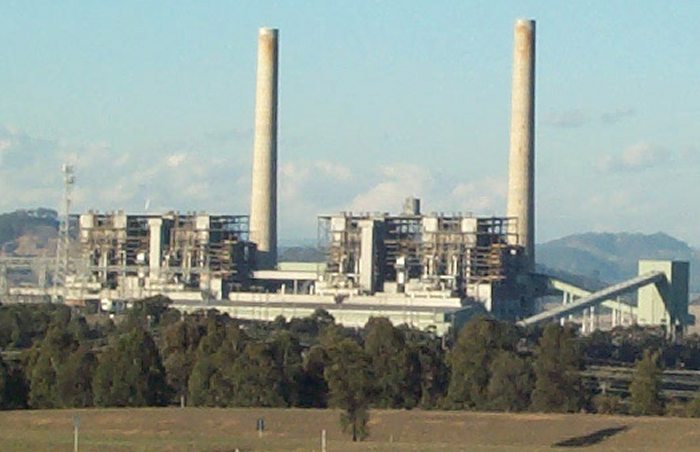On Saturday, AGL announced it still intends closing the Liddell Power Station in New South Wales, revealing its plans to replace it with gas peaker plants, renewable energy, battery storage and demand response.
Situated at Lake Liddell in the Hunter Region of New South Wales, Liddell Power Station is a 2GW coal-fired electricity generator that is rapidly approaching its use-by date; 2022. In September this year, a kerfuffle erupted between AGL and the Turnbull Government over the future of the plant past that time.
AGL has dug in its heels, stating it wants to close the power station, which has proven to be costly and unreliable as well as being an emissions-belching monster. Australians don’t appear too keen on putting the station on life-support courtesy of taxpayer money either. A poll in late September revealed 77% those surveyed believe public money should not be used to keep it open past 2022.
AGL says it intends replacing Liddell with:
- 250MW gas peaker plant 1 in Newcastle (or elsewhere in NSW)
- Another gas peaker of 500MW capacity
- 1,600MW of renewables, including solar power.
- Up to 150MW of demand response
- The 250MW “Liddell Battery”
- Converting generators at Liddell to synchronous condensers
- 100MW upgrade to Bayswater Power Station
AGL will also investigate the feasibility of pumped hydro storage in New South Wales.
Implementation of the above would occur in three stages. Stage 1 of the proposed plan, to be implemented by February 2019 or earlier, includes 300MW of generation from two new large-scale solar power facilities to be developed by third parties in NSW. Reneweconomy reports the company involved is Maoneng Australia, which is developing the Sunraysia Solar Farm.
The final stage includes the 250MW “Liddell Battery” – further detail on this wasn’t available at the time of publishing.
AGL says an assessment reveals the cost of electricity through the replacement generation will work out at $83/MWh, compared with $106/MWh for extending the life of the coal-fired clunker for 5 years. An extension until 2027 would cost approximately $920 million for those 5 years, whereas AGL’s replacement plan notes a total investment of $1.36 billion and an asset life of 15-30 years.
AGL says its plan will provide reliable, dispatchable electricity for cheaper and far longer.
“This plan demonstrates that old power plants can be replaced with a mixture of new, cleaner technology, while improving reliability and affordability,” said Graeme Hunt, Chairman of AGL. “Decisions for the investments are staged to enable flexibility to respond to the changing needs of the market and improvements in technology over the next five years.”
The company says its proposed plan will reduce AGL’s carbon footprint by 17.6%.
While the Federal Government was quite vocal about extending Liddell’s lifespan by 5 years or the company selling the power plant, Prime Minister Turnbull appears to have back-tracked on that desire and says he looks forward to discussions with the Australian Energy Market Operator (AEMO), which is now examining AGL’s plan.
AGL’s NSW Energy Plan can be downloaded here (PDF).
Footnotes
- A peaker plant is a power station that is generally only run when demand for electricity is high. Due to their operational nature, electricity generated by these plants is quite costly. ↩


 RSS - Posts
RSS - Posts



Mr Flip Flop Turnbull now says he looks forward to blah blah blah. Turnbull and his so called energy minister have zero credibility regarding Australia’s future energy direction. Every statement from him and his government coal cheer squad MPs defies not only common sense logic but runs counter to what electricity consumers big and small and now the big generators already understand and that is the future is renewable energy and there can be no turning back.
yep. The current government seems to hold their position, even in the face of solid evidence that shows that change is afoot.